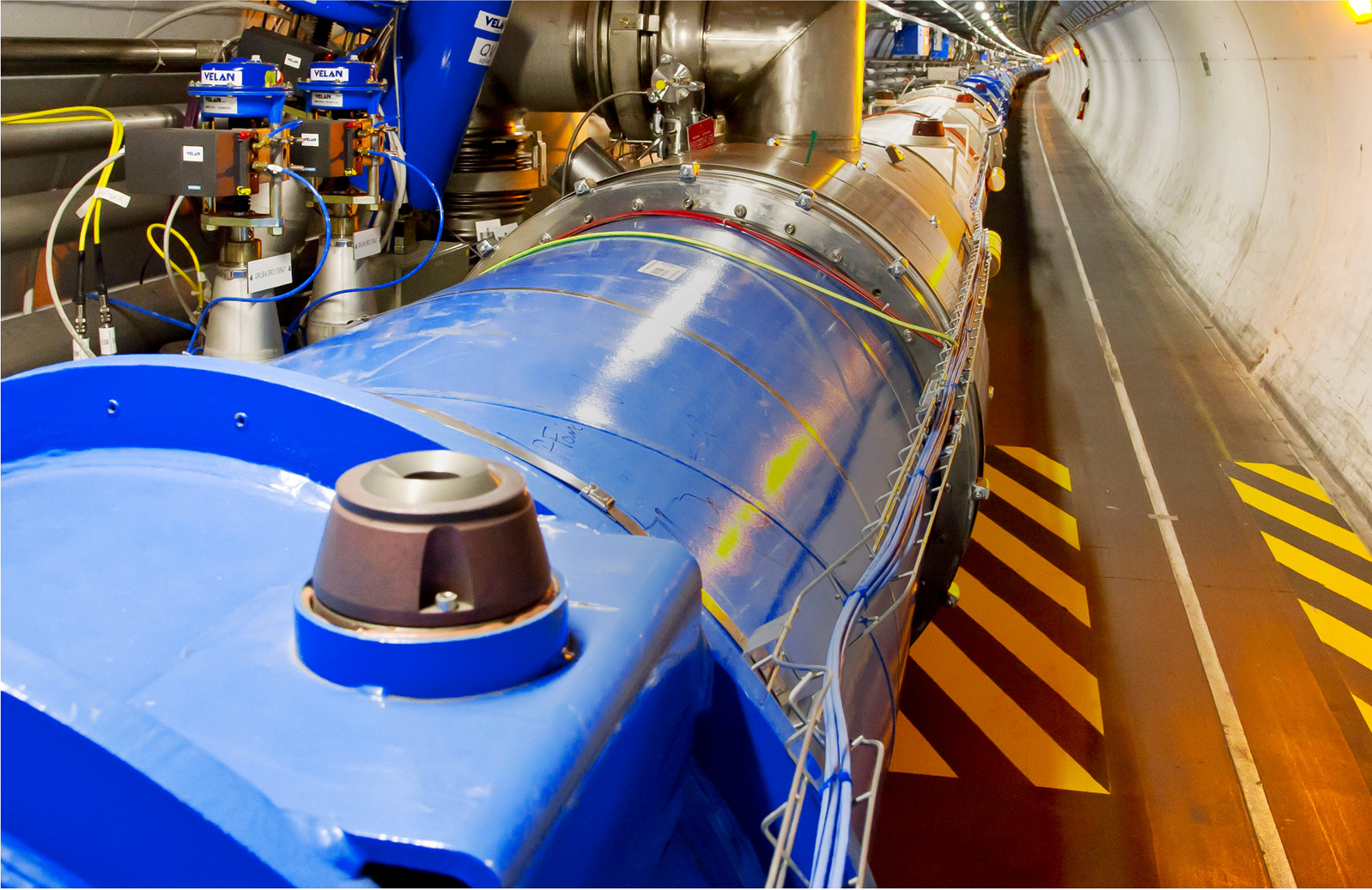Short abstract:
Complete modelling and numerical simulation of the phenomenon of Single-Event Latchup (SEL) in CMOS circuits. The full physics-based methodology envisaged in this approach will be based on a multi-scale and multi-physics simulation chain, efficiently coupling the physical and electrical responses of the device subjected to irradiation and taking into account the radiation environment, the complete device architecture, the circuit design, supply voltage and the temperature, which are the most important physical parameters for SEL. A systematic comparison with experimental results will be conducted to fully validate this approach. The study will also provide useful insight for ESR6 and ESR11, as well as a tool to be used by ESR5. Its outcome will significantly improve the capability of producing SEL-free CMOS circuits by design, thus eliminating a crucial threat to the operation reliability.
Long abstract:
Single Event Latchup (SEL) is an important reliability issue, notably for advanced bulk technologies. However, only a few works have been dedicated in recent literature to the accurate prediction of the SEL rate in a given environment. The goal of this PhD work is to precisely address this lack of predictive tool for SEL in progressively scaled CMOS bulk technologies (< 65 nm). In this work, a full methodology will be developed, based on a multi-scale and multi-physics simulation chain, efficiently coupling the physical and electrical responses of the device subjected to irradiation. The SEL modeling will take primarily into account the temperature, the most important physical parameter for SEL. The temperature dependence of all the mechanisms along the simulation chain will be rigorously evaluated (particle interaction, charge deposition, transport and collection). The simulation tool will also consider the radiation environment (natural or artificial, including spatial, ground level and accelerators) and the complete device architecture and circuit design to evaluate the SEL rate for a given device operation, device temperature and radiation ambient. A systematic comparison with experimental results obtained on SRAM test vehicles will be conducted to fully validate this approach.
The SEL prediction tools will prove useful for the design of the SRAM based radiation monitor in P1.5 and also for the other IC design projects P2.6 (radhard time-based analog signal processing) and P2.11 (radhard CMOS image sensors).
Deliverable & Milestones Lists:
- SEL database for CMOS SRAMs.
- Reports on SEL modeling.
- Choice of SRAM devices.
- Test bench development.
- Modeling of temperature dependent mechanisms.
- Starting Experimental campaigns.
- SEL modeling - First approach.
- SEL modeling - Consolidated approach.
Beneficiary:
University of Montpellier
Supervisor:
Prof. Frédéric Wrobel (University of Montpellier)
Co-supervisor:
Prof. Jean-Luc Autran (Aix-Marseille University), Prof. Paul Leroux (KU Leuven)
Planned secondments:
[total: 9 months]: AMU (Dr J. L. Autran) [2m]: Device technology training and selection; MAG (Dr Y. Cao): [2m] For SEL-hardened design techniques; CERN (Dr S. Danzeca), RUG (Dr Dr M. J. van Goethem), UU (Dr A. Prokofiev) [3m]: For experimental test campaigns; KUL (Dr P. Leroux) [2m]: For use and application cases (SEE monitor, hardening techniques)
Position has been appointed to Salvatore Guagliardo. Click here for Profile.




